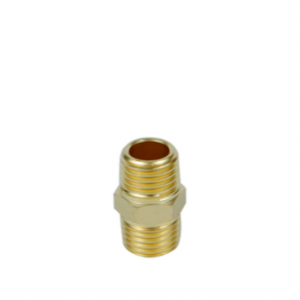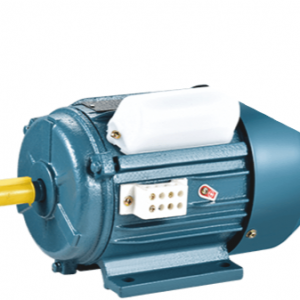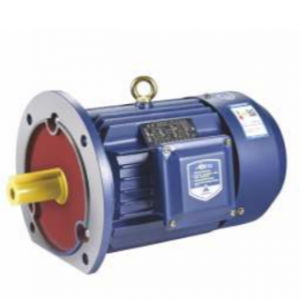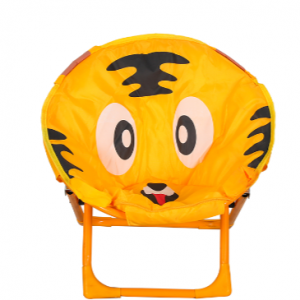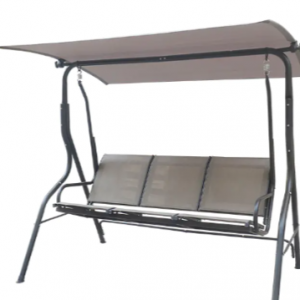In the dynamic world of drilling operations, the significance of key components such as drill pipe and button bits cannot be overstated. These crucial elements form the backbone of any drilling system, playing a pivotal role in the efficiency and success of various drilling projects. This article delves into the characteristics, functions, and advancements in drill pipe and Button Bits, shedding light on their indispensable contributions to the field.
Drill pipe serves as the conduit for transmitting drilling fluid, torque, and weight to the drill bit. Typically made from high-strength steel, modern drill pipes are engineered to withstand the demanding conditions encountered in drilling operations. The length and diameter of drill pipes vary based on the specific requirements of the drilling project. Additionally, threaded connections ensure the seamless assembly of multiple pipes, providing structural integrity during drilling.
One of the key considerations in drill pipe design is its resistance to fatigue and corrosion. Advances in metallurgy have led to the development of alloyed steels and specialized coatings, enhancing the durability and lifespan of drill pipes. The ability to resist wear and tear is crucial in optimizing drilling operations, minimizing downtime, and ensuring the longevity of the equipment.
Button Bits:
Complementing the drill pipe, button bits are the business end of the drilling process. These bits are equipped with compact, hard buttons—typically made of tungsten carbide—that crush and break rock formations. The design of button bits is tailored to the geological conditions of the drilling site, with variations in button shapes and arrangements to optimize cutting efficiency.
In recent years, technological advancements have spurred innovations in button bit design. Computational modeling and simulation techniques have enabled manufacturers to refine the geometry of button arrangements, enhancing the penetration rate and overall drilling performance. Additionally, the use of advanced materials and heat treatment processes has resulted in button bits that offer increased resistance to abrasion, further extending their operational life.
The Synergy:
The synergy between drill pipe and button bits is crucial for achieving optimal drilling efficiency. The drill pipe provides the necessary structural support and channels drilling fluid to the button bits, while the button bits, in turn, efficiently break and remove rock formations. This collaboration is essential for successful drilling operations in various industries, including oil and gas exploration, mining, and geothermal energy extraction.
In conclusion, the evolution of drill pipe and button bit technologies has significantly contributed to the efficiency and success of drilling operations. The continuous pursuit of innovation in materials, design, and manufacturing processes has led to equipment that can withstand the most challenging drilling conditions. As we look to the future, further advancements in these essential components are likely to revolutionize the drilling industry, making it more sustainable, cost-effective, and environmentally friendly. The seamless integration of drill pipe and button bits stands as a testament to the engineering prowess that drives progress in the field of drilling.


